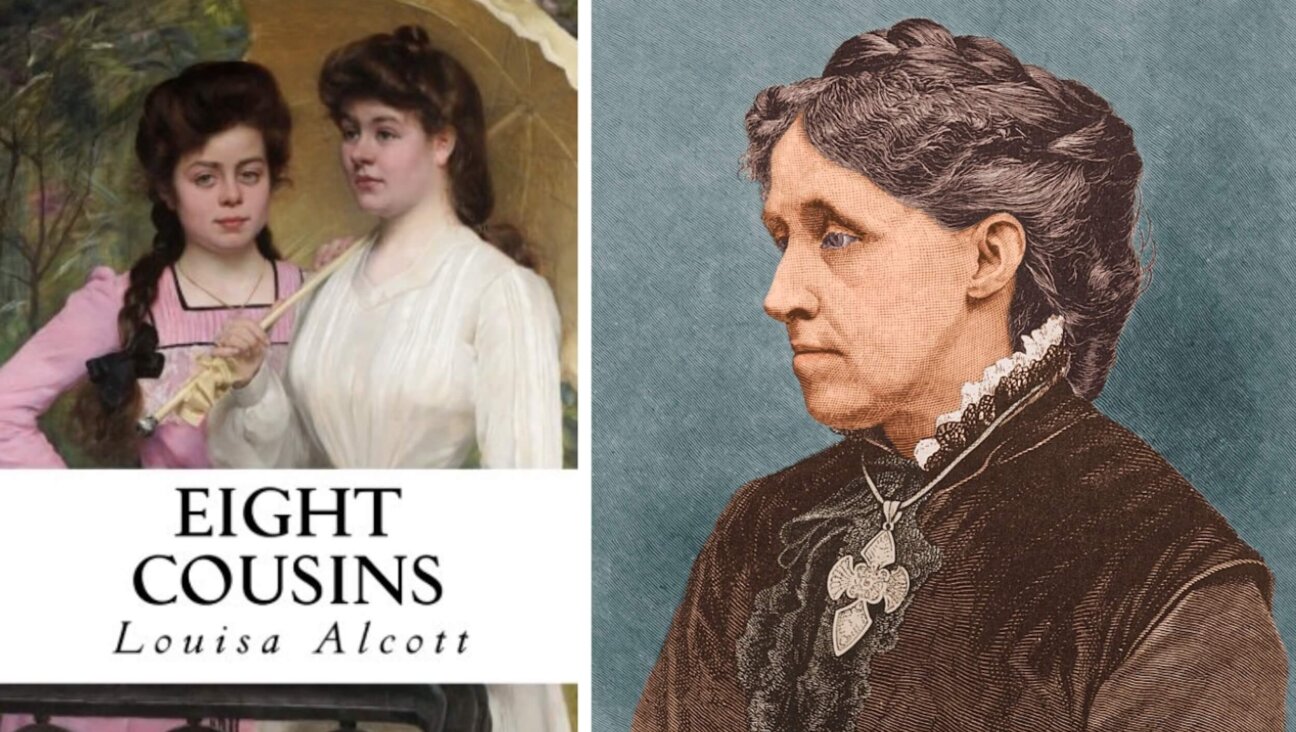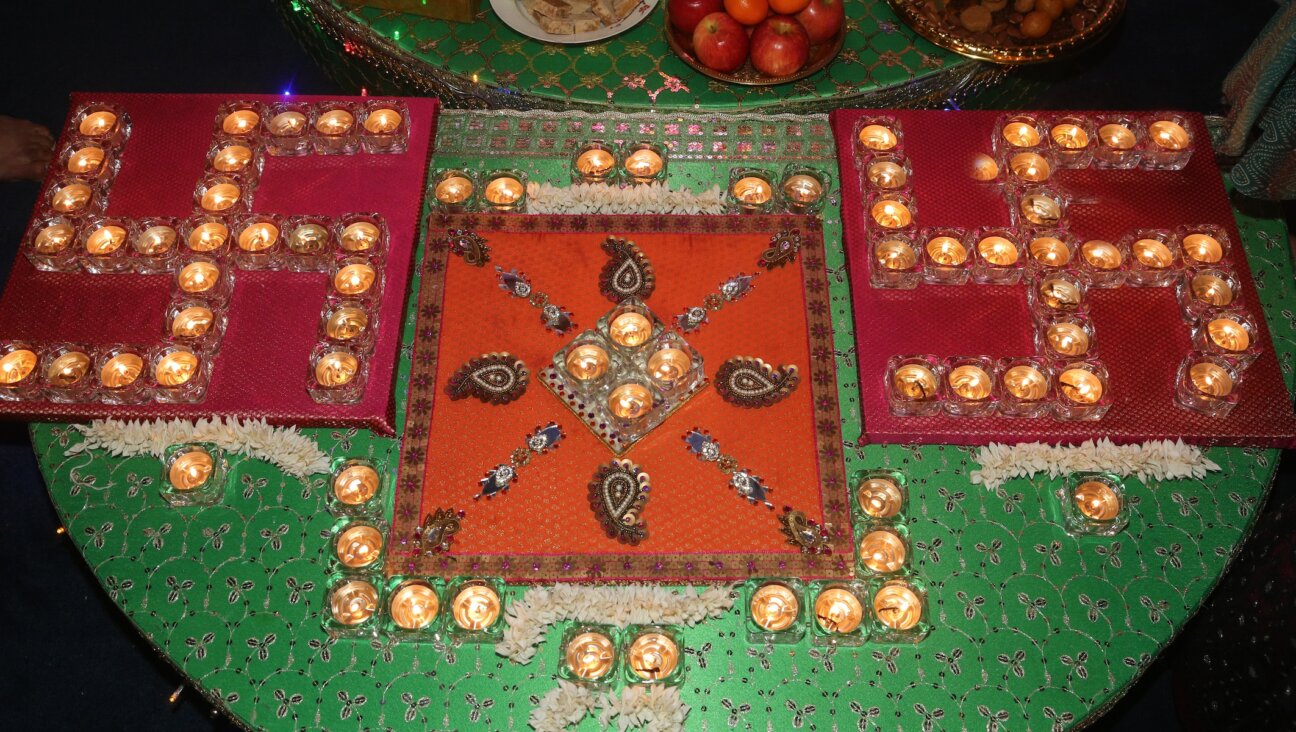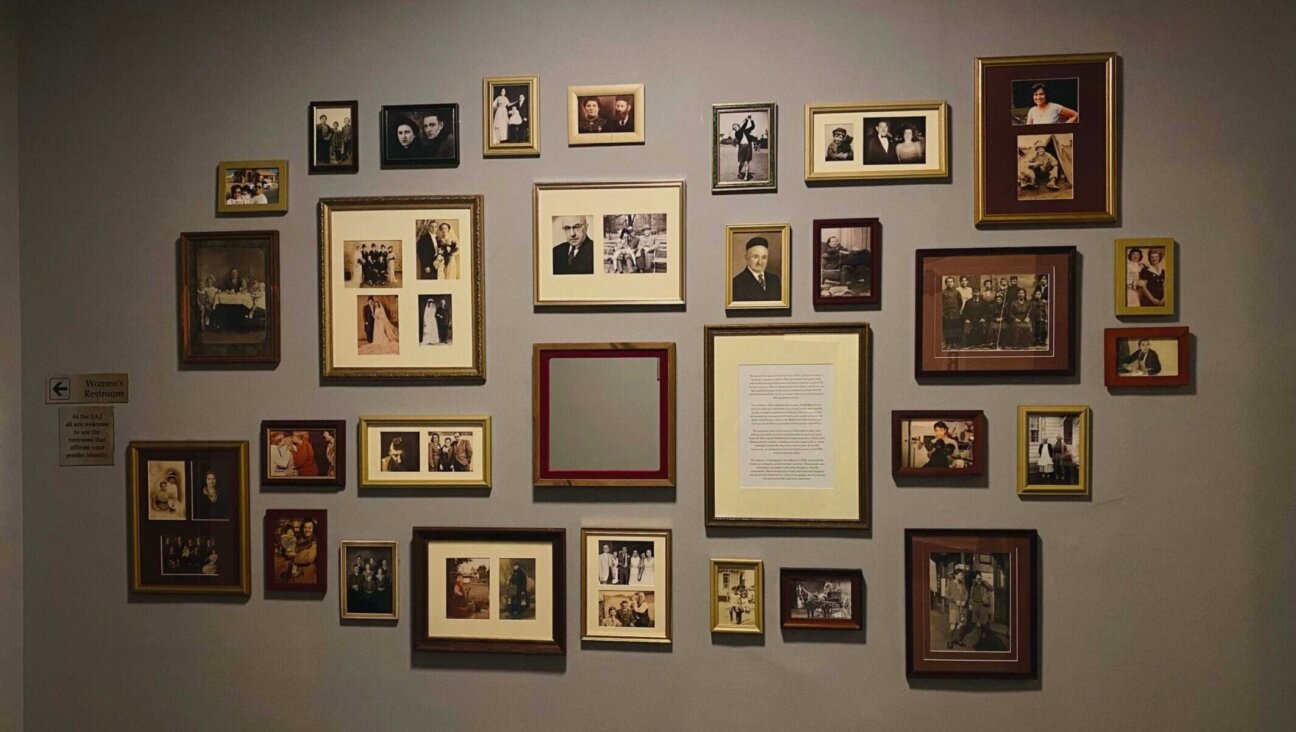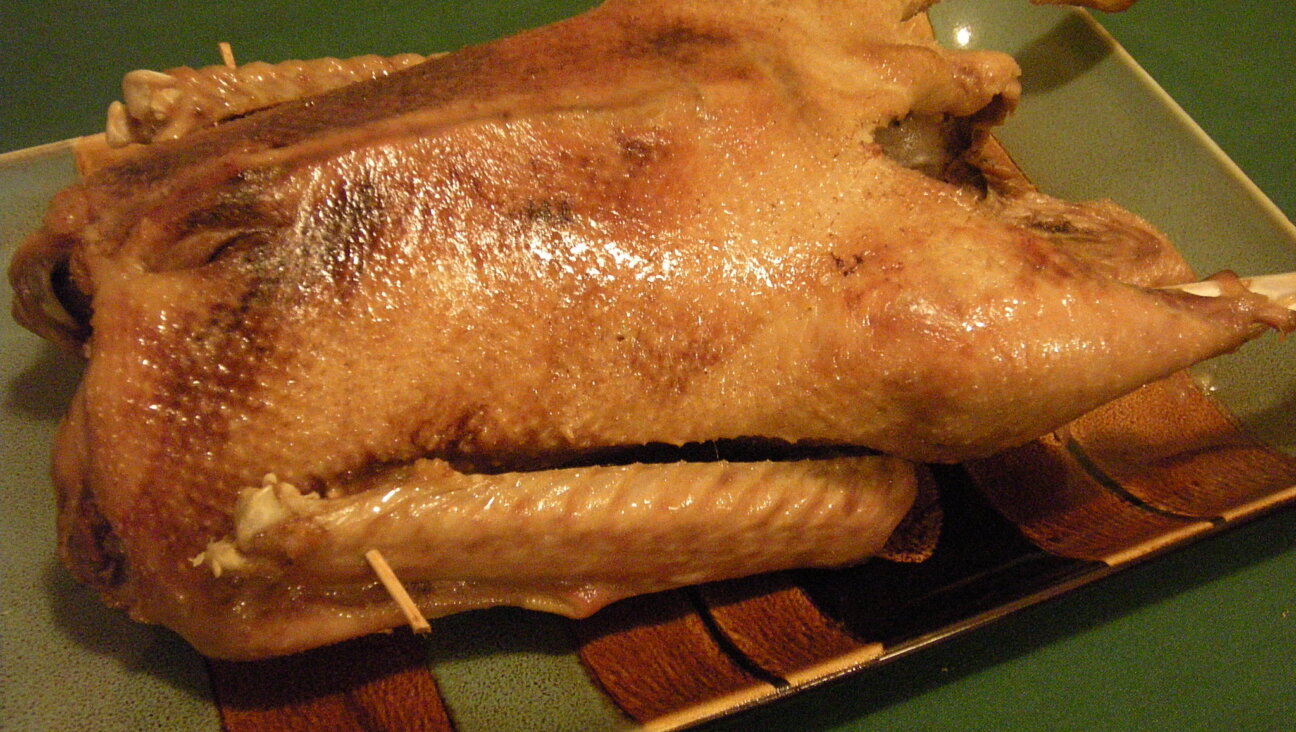How a Russian samovar connects me to the old country — and my black market dealing great-great-grandmother
The household item I’d never thought to ask about turned out to hold a lot of history.
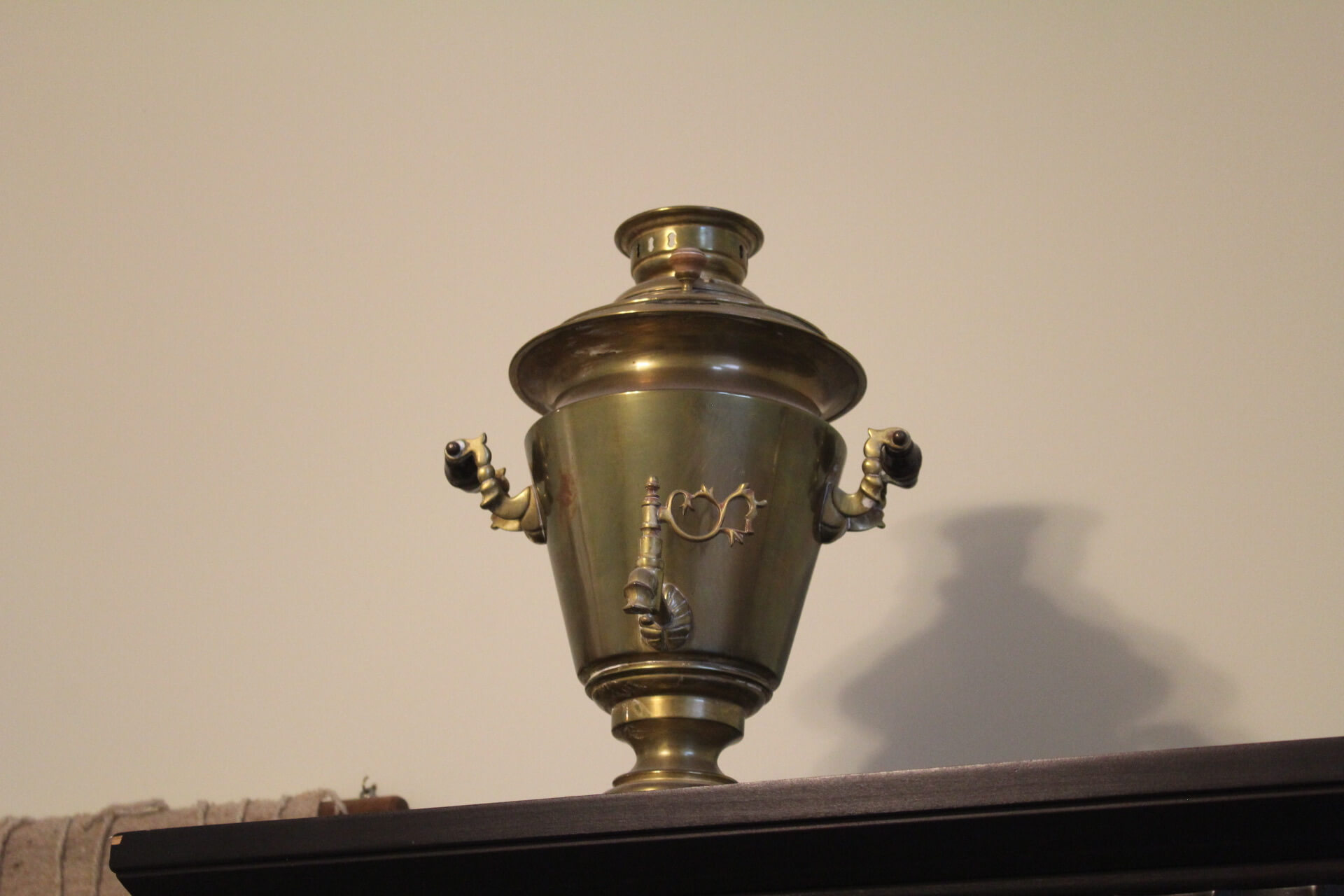
This samovar has long sat high in the author’s home without explanation. Photo by Olivia Haynie
For as long as I can remember, the golden samovar — a Russian teapot of sorts — has rested somewhere high in our home. In our first house, it sat imposingly on a shelf above the staircase. In our current home, it tops the boudoir in our guestroom. When I was growing up, I didn’t actually know what it was and, until a few years ago, I didn’t think to ask.
Spurred by some unknown impulse — possibly a quarter-life crisis or my mom and dad entering their 60s — I decided to interview my parents on the origin of every object and piece of furniture displayed in our home, gathering information that would otherwise die with them. Some of my questions yielded three-word answers (“It’s a lamp”); others evoked longer stories, like that of my black market-dealing great-great-grandmother.
Rivka Silberberg brought the samovar with her when she and her family — including my great-grandfather — immigrated to the United States from the Pale of Settlement sometime before World War I. According to my grandfather, while Rivka’s neighbors were fleeing religious persecution, she was evading authorities after a neighbor ratted her out for illegally selling items — some say tea, others tobacco — without the proper taxation. My mom thinks it was probably a combination of antisemitism and legal peril that motivated Rivka to leave.
Samovars were an important part of Russian social life in the late 19th and early 20th centuries. Jenna Weissman Joselit, a professor of Judaic studies and history at George Washington University and former Forward columnist, wrote, “The samovar loomed large in Jewish immigrant culture” and “a hefty proportion of Russian Jewish immigrants … lugged the heavy and bulky contraption to the New World.”

They acted both as a comforting, familiar sight and as something that could be pawned when money was tight, Joselit wrote. Clearly, my great-great-grandmother valued her samovar enough to drag it across the Atlantic.
Learning about the items in my house has given me a new appreciation for the objects that were always just a part of my background. Since the samovar is one of the only pieces of my family’s old world life we still have, it’s imbued with a certain sacredness. This samovar is not simply a vessel for brewing tea; It is a symbol of my ancestors’ forced migration, a testament to their ability to make the hard choices necessary for survival.
I am the only grandchild on my mother’s side. My grandfather was also an only child, meaning I am the only great-grandchild of his parents. I alone carry this history. Like the samovar, I am a physical testament to my family’s survival.
It’s a lot of weight to have on your shoulders — or on your shelf.
Being an only child is what made me feel such an urgent responsibility to capture my parents’ stories; if I didn’t save them, no one else would.
But objects are impermanent. They tarnish (as our samovar has). They shatter. They get lost.
As these sacred objects become more enchanted, we also become more vulnerable to their loss. Any damage to them would feel like a devastating blow.
Since my grandmother passed away in 2020, I have been the owner of her wedding band. I can count on my hands the number of times I’ve worn it, primarily on occasions when I want to feel like she’s near, whether on Rosh Hashanah or my college graduation. Otherwise, I keep it in my jewelry box where it can stay safe.
My mom takes a much more relaxed approach. One Passover, a friend set down one of our dessert plates with too much force, and it cracked. My mom, in an effort to reassure the friend, said probably the last thing one wants to hear after breaking someone else’s belongings: “It was my grandmother’s.”
After the friend panicked for a moment, my mom realized how the words had sounded.
“No, no, no,” she said. “I mean that it’s so old.”
Old things break. It’s part of their natural course of existence. For my mom, this was just an inevitable fact of life. Even without the dessert plate, she has memories of her grandmother to hold onto.
It’s taken me longer to accept the impermanence of objects. Only recently has the loss of a cheap earring not felt like the end of the world.
Luckily, because of its size and shape, the samovar would be a hard thing to misplace. In the future, if it needs to be moved, I’ll make sure I do so with care. But if for some reason something should happen to it, I am comforted to know that the story of Rivka and her smuggling ways lives on within me.

